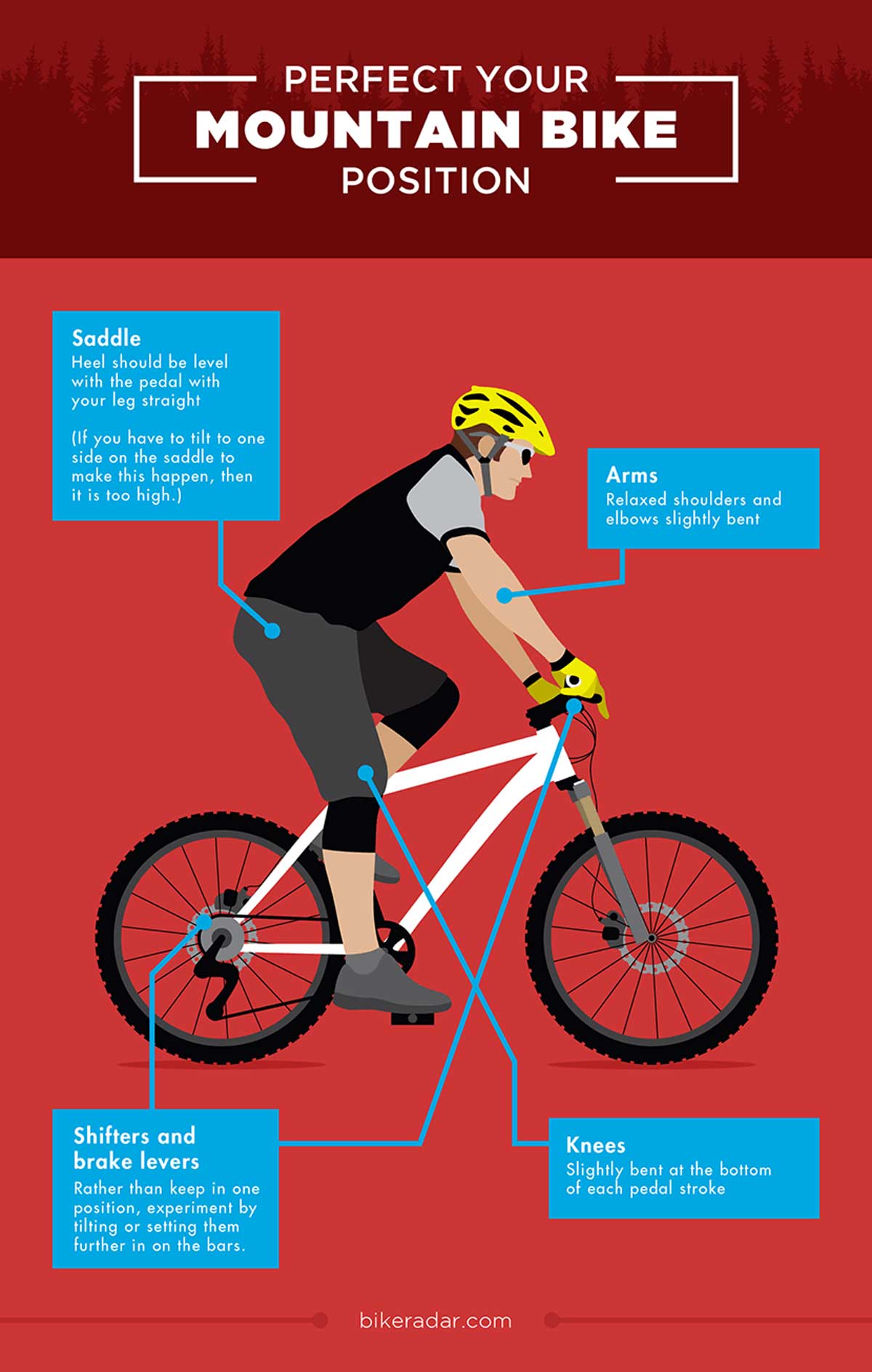 Frey Bike
Frey BikeA correct mountain bike riding posture can improve your cycling experience, reduce the risk of injury and make your journey more enjoyable.
In the previous blog, we mentioned how to adjust the bike seat, handlebars, pedals, and other ergonomic adjustment suggestions.
So, once we have done our bike fit, what posture would be suitable for electric mountain bike riding?
Firstly, it should be emphasized that cycling posture is not a single position, and the best cycling posture can vary according to different road conditions and body conditions. For those who want to train themselves as professional cyclists, professional guidance is necessary for cycling posture, as even small mistakes can cause significant injuries. For amateurs, the goal of adjusting their cycling posture is to gain a comfortable, enjoyable, and pain-free emtb ride.
On flat trails:
Before cycling starts, you need to sit on the seat and relax your body, especially your shoulders. Lean slightly forward with your body, and your center of gravity should be slightly forward to better control the speed and direction of the mountain bike. Look ahead with your eyes and keep your hips close to the seat. Grip the handlebars with both hands, use the thigh muscles to drive the pedals, reduce the burden on the knees and calves, use the front part of the foot to exert force, and try to avoid using the heel to exert force to prevent knee injuries.

(source: bikeradar.com)
Many people think that cycling is a lower-body exercise, while upper-body exercise is not so important. However, many beginners feel sore and fatigued in their upper body and hands when they first start cycling. This is because their center of gravity is too far forward or the position of the handlebars and seat are not adjusted properly, causing their hands to support a portion of their body weight. Mountain biking is different from road biking. When cycling on a road bike, faster speed is pursued, and wind resistance needs to be considered. Cyclists should minimize their frontal area. However, when it comes to mountain biking, terrain, and road conditions are the first ones that need to be considered. Cyclists should keep their bodies stable on the bumps, so the degree of upper body tilt should not be too large.
On rough trails:
During off-road cycling, it's inevitable to encounter bumpy and uneven terrain, facing challenges such as potholes, tree branches, gravel, and soft mud. To maintain stability, riders should do the following: relax your arms but grip the handlebars tightly; keep your upper body balanced and relaxed; keep your legs bent, reduce the amplitude and strength of pedaling, and also stand on the pedals, with your buttocks a certain distance away from the saddle. This can help absorb the impact of bumps on the body with the lower limbs, providing a certain degree of shock absorption.

Of course, professional suspension components and tires suitable for mountain biking on a mountain bike can play a significant role, helping riders smoothly and seamlessly navigate rough terrain. This is also the reason why many electric mountain bike enthusiasts pursue better equipment configurations like a full-suspension e-bike.
Climbing:

When you start climbing, leaning your body forward can help shift the center of gravity to the front wheel of the mountain bike, increasing traction and improving climbing efficiency. However, be careful not to lean too far forward, as it can cause a loss of balance. During climbing, your arms and shoulders don't need to exert force, they should be relaxed to better control the vehicle. When climbing, you should choose a smaller gear, reduce your speed to the slowest, and maintain a steady cadence. If you encounter more uphill sections on your route, you can adjust the position of the seat forward to a better pedal. When encountering steep uphill sections, you can stand up and pedal with your buttocks off the seat, using the front brake to maintain a low center of gravity. It should be noted that the riding posture during uphill climbing varies from person to person and should be adjusted according to personal physical condition and preferences.
Downhill:
When encountering a relatively long downhill section, the rider's buttocks do not need to leave the seat. However, when encountering a steeper slope, standing up is still necessary. Move your buttocks back and lower your upper body, adopting a crouching position. Keep the pedals in a horizontal position and lean your body backward so that the center of gravity of your body and the bike is on the same line. Concentrate on observing changes in road conditions.

When going downhill at a faster speed and encountering a turn, lean your body inward and slow down in advance. As with uphill riding, the center of gravity of your body still needs to be lowered, and it's best to keep a balance between your center of gravity and the pedals.
Mastering certain riding skills can make your mountain bike journey more efficient, especially by remembering to relax your body. Or a rigid riding posture will lead to a decrease in control ability. Remember to ride with the primary goal of having fun and enjoying the ride. Do not attempt high-difficulty movements without experience and make sure to prepare adequately before riding. With accumulated experience and improved riding skills, electric mountain bike riding can surely become a great pleasure in your life!
Again, We sincerely hope you can Free Ride & Enjoy Yourself!

